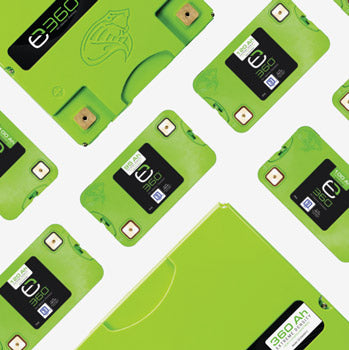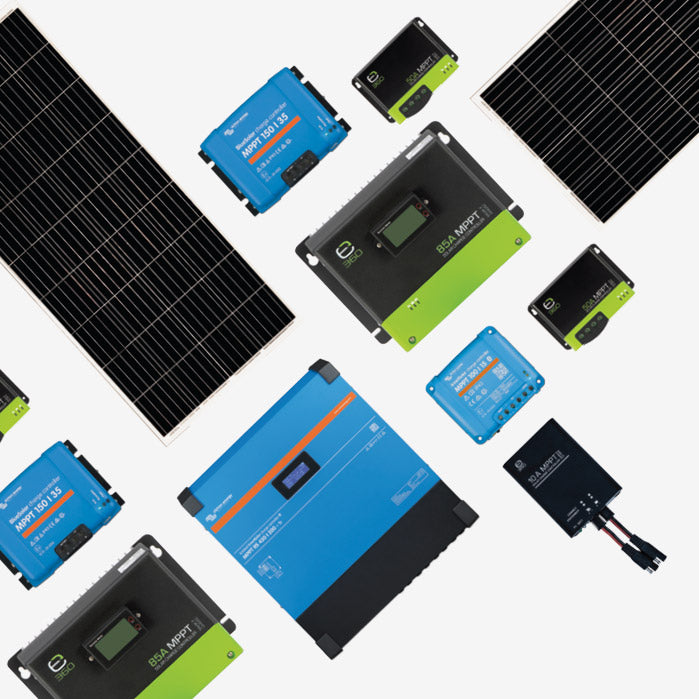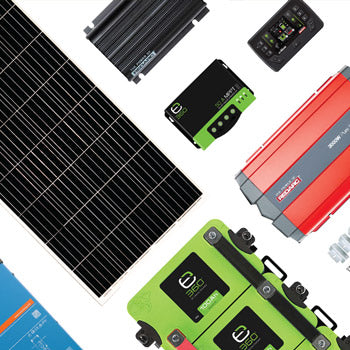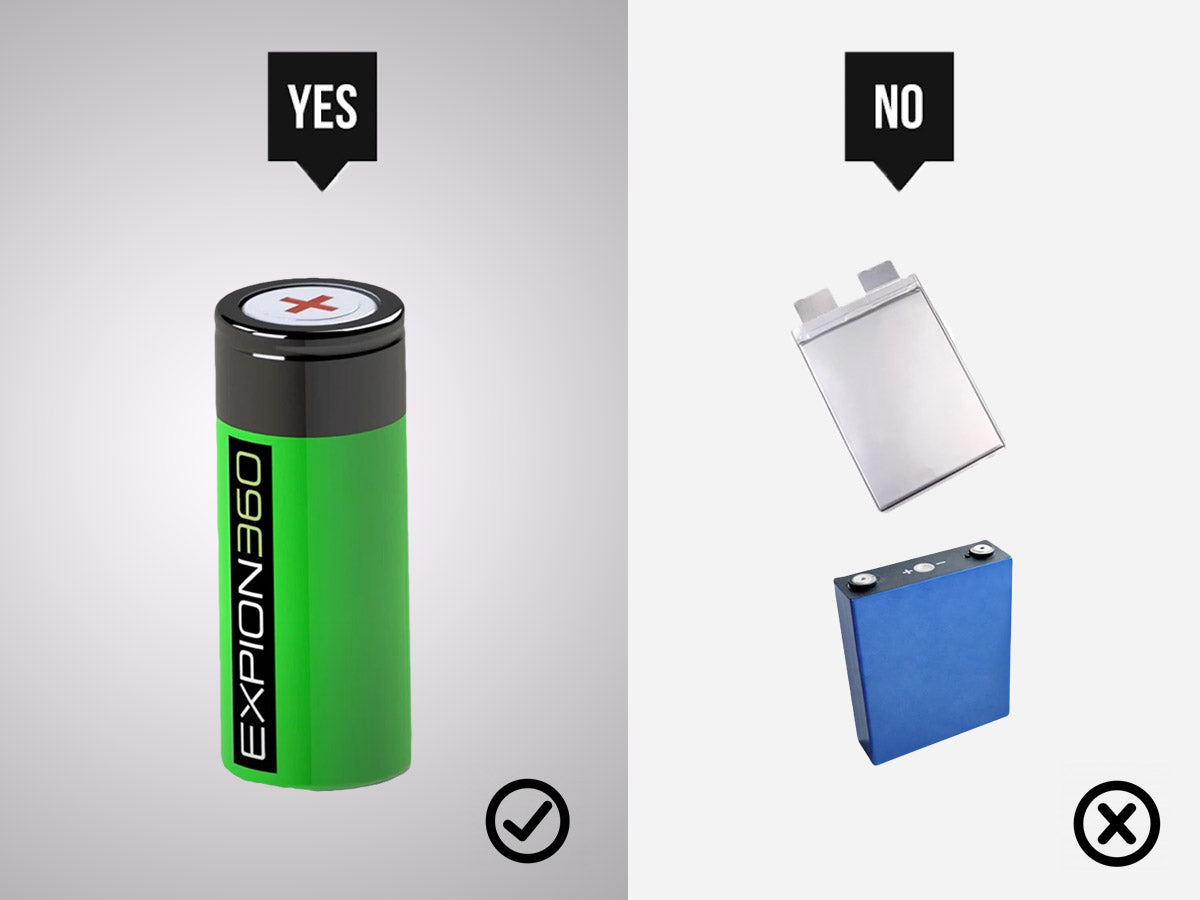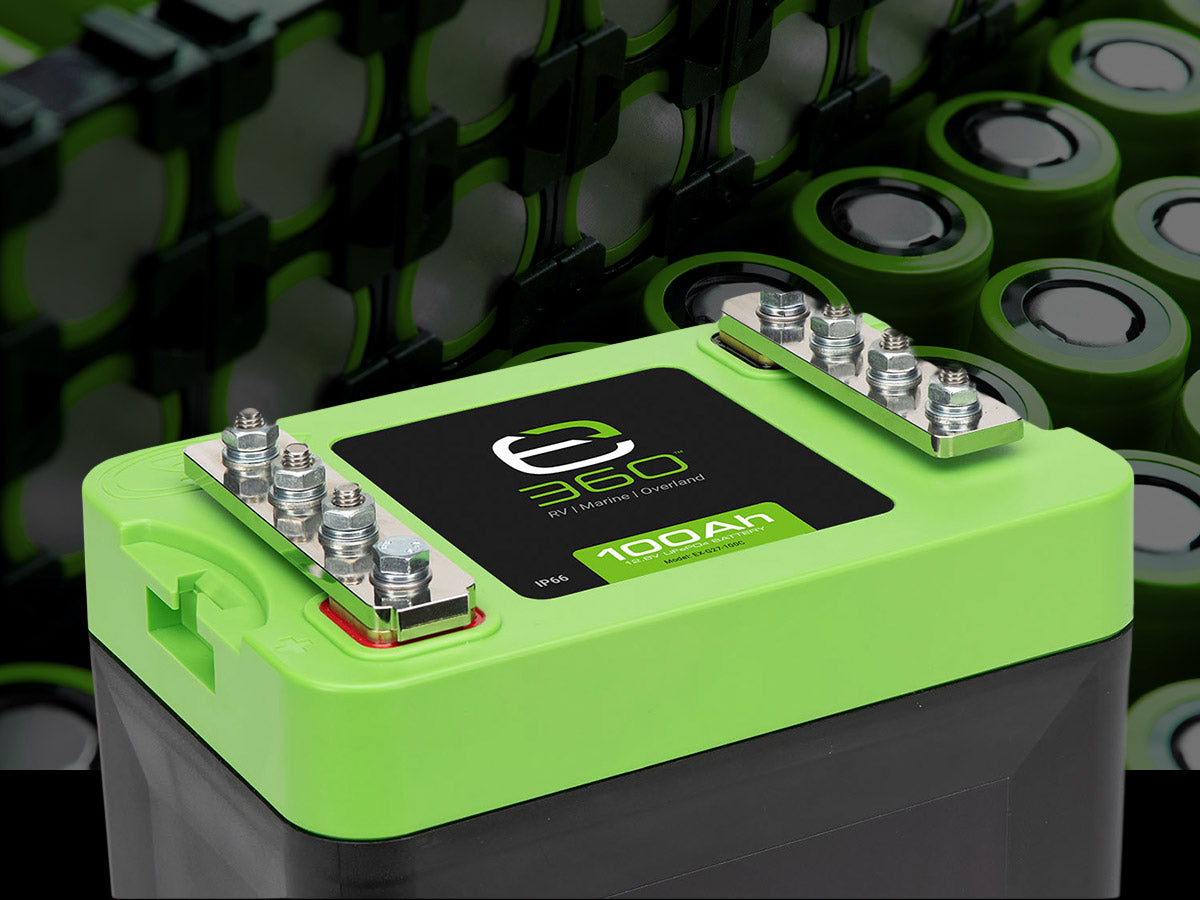
Just a year ago you could hardly find a lithium battery for under $1,200, but now I see them advertised all over the place from $1,200 down to some that are $350 for a 100 AH model. So what’s the difference in cost of lithium batteries? I realize that first-generation products have a higher price to cover initial engineering costs, like the $600 VCR that became $99. But why do we see such a current range in prices? What makes some more expensive, and is the price worth it?
I spent quite a bit of time the past couple of years researching the different lithium battery offerings, charging systems, and installation issues. In this short series, I’ll teach you what I’ve learned.
“Lick and Stick” batteries
There are several overseas manufacturing companies that make cheap batteries that are imported to the U.S. that simply slap their label on them. No manufacturing, no technical support, and no customer service. Most of these are in big box discount and membership stores. They use components that are meant for residential or light-duty commercial battery applications that sit in climate-controlled rooms in a perfect environment and are not subjected to the issues found in the RV industry. I got the same story from a technician at Zamp Solar, Go Power!, and others.
It starts with the cells
The cells are one of the biggest price points for manufacturers and determine the cost of lithium batteries, as high-grade Lithium Iron Phosphate cells are UL 1642 approved. Cells come in Grade A and Grade B. Quality batteries will be made of Grade A cells that are closely matched. Weaker cells can be overcharged and short out faster.
How can you tell what cells are used in the battery? Look for the UL listing on the battery or in the documentation and ask about the warranty. Companies using Grade A cells typically have a warranty of 10 years. Some manufacturers even use “used” or recycled cells!

How can you tell?
Naturally, nobody will let you cut open a battery and examine the cells. However, look for the UL 1642 U.S.-recognized component listing and logo shown above. Go to the website and search to see if you can find any information about the cell type and ratings. It’s not easy, as I went to a well-known and expensive brand and it took quite a while to finally find they use cylindrical cells encased in aluminum that are UL 1642 approved. But the information is there so just keep looking.

Another telltale sign is the warranty and project cycle time. Expion360 has a 12-year warranty and has a chart showing 3,000-5,000 cycles! Cheap lithium batteries will only offer a 2– to 3-year warranty, even though some claim you will get 3,000 or more cycles. However, if you read the wording, I have found most use a generic statement such as “Typical Lithium Batteries will get approximately 3,000-5,000 cycles.” Notice they did not say theirs will, and a 2– to 3-year warranty tells me they probably won’t.
Will a $300 lithium battery work? Maybe. Will it last 10 years and more than 3,000 cycles? I doubt it. I don’t know very many companies that give a specific time warranty but expect their product to last 2-3 times as long. Usually, I have found they provide a warranty that is one day less than the product lasts!

